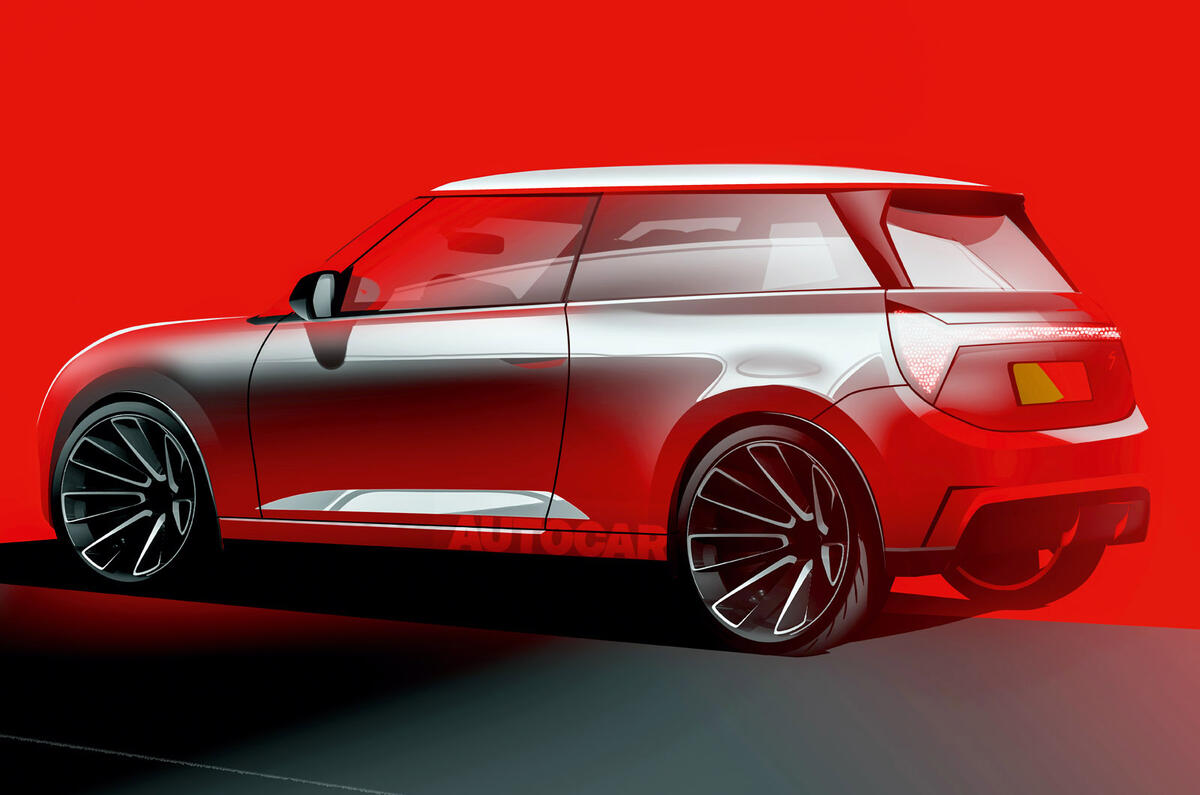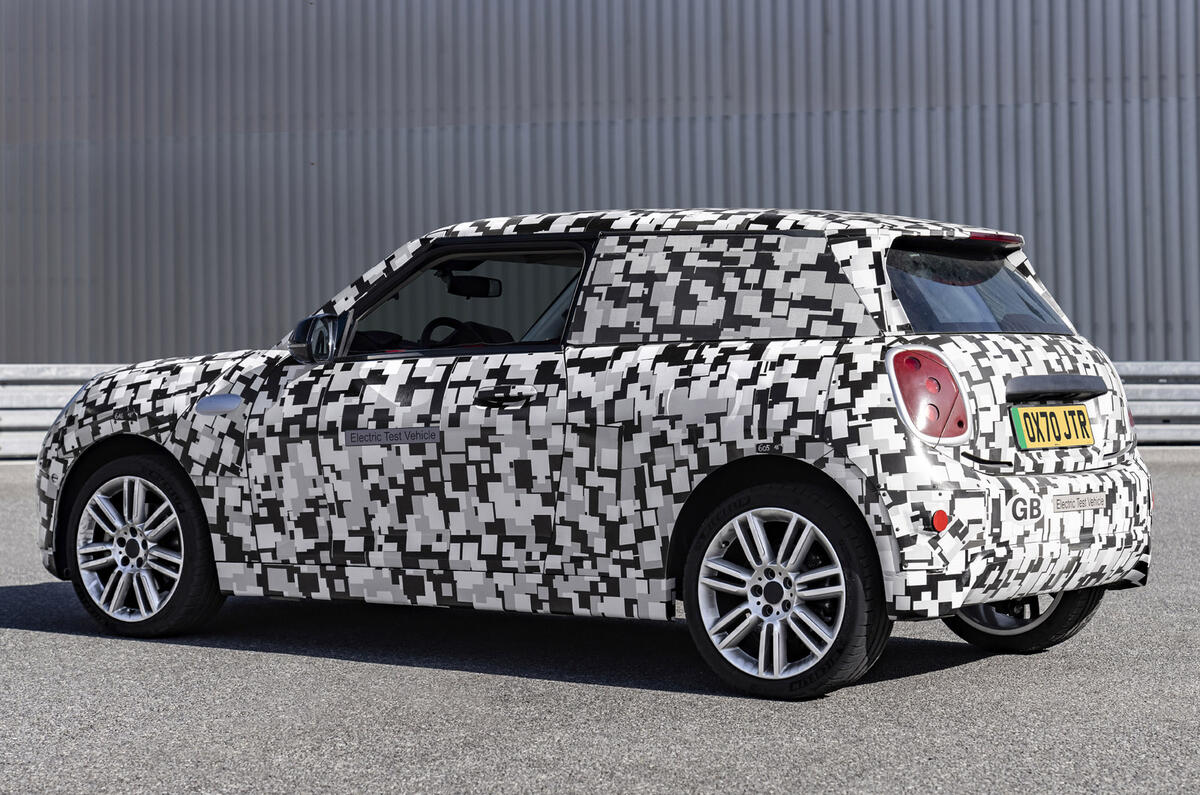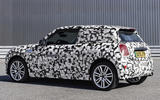You wonder what Sir Alec Issigonis would think to see his humble, no-frills city car evolve into one of the most globally important and recognisable cars on sale, not least now that the processes behind its conception, production and electrification span three countries in two continents.
Encouragingly, though, if you peel back the cutesy retro design, set aside the fashion-focused marketing and forget that the Mini is just about as British as the Nissan Leaf or Toyota Corolla these days, you will see that it’s now closer to its roots than arguably it has been since being reborn in 2000, especially (and maybe counterintuitively) in electric form.
The original Mini arrived in 1959 to provide mobility for the masses against a backdrop of soaring fuel prices (which will sound familiar), and the addition of a second electric Mini variant to the line-up will help this latest iteration achieve much the same feat.
Plus, Mini has made no secret of how its new-era cars will be designed with a focus on minimalism and sustainability, in direct contrast to the flourish-heavy and material-rich make-up of its rivals, as was the original.
That’s the brilliant thing about the electrification of the Mini: unless you’re a diehard A-series fanatic, the engine was never the true crux of the original Mini’s appeal, and so the carefully managed integration of EV power and resultant boost in environmental credentials can only be a good thing.













Join the debate
Add your comment
It's getting bigger, it's still selling, must be doing something right.
And money.
Lots and lots of lovely money.